Since I have been living with a Martial Artist, I think about Martial Arts a lot as it pertains to the yin and yang of our own lives, his discipline for “form” and my discipline for “words.” Masculine and physical versus feminine and emotional. This principle as most of you know, is that all things exist as inseparable and opposites, such as polar contradictory opposites like female-male, dark-light and old-young.
How does this pertain to Martial Arts you ask? Although the term martial arts have become associated with the fighting arts of eastern Asia, it originally referred to the combat systems of Europe as early as the 1550’s. The term is derived from Latin, and means “arts of Mars”, the Roman God of War.
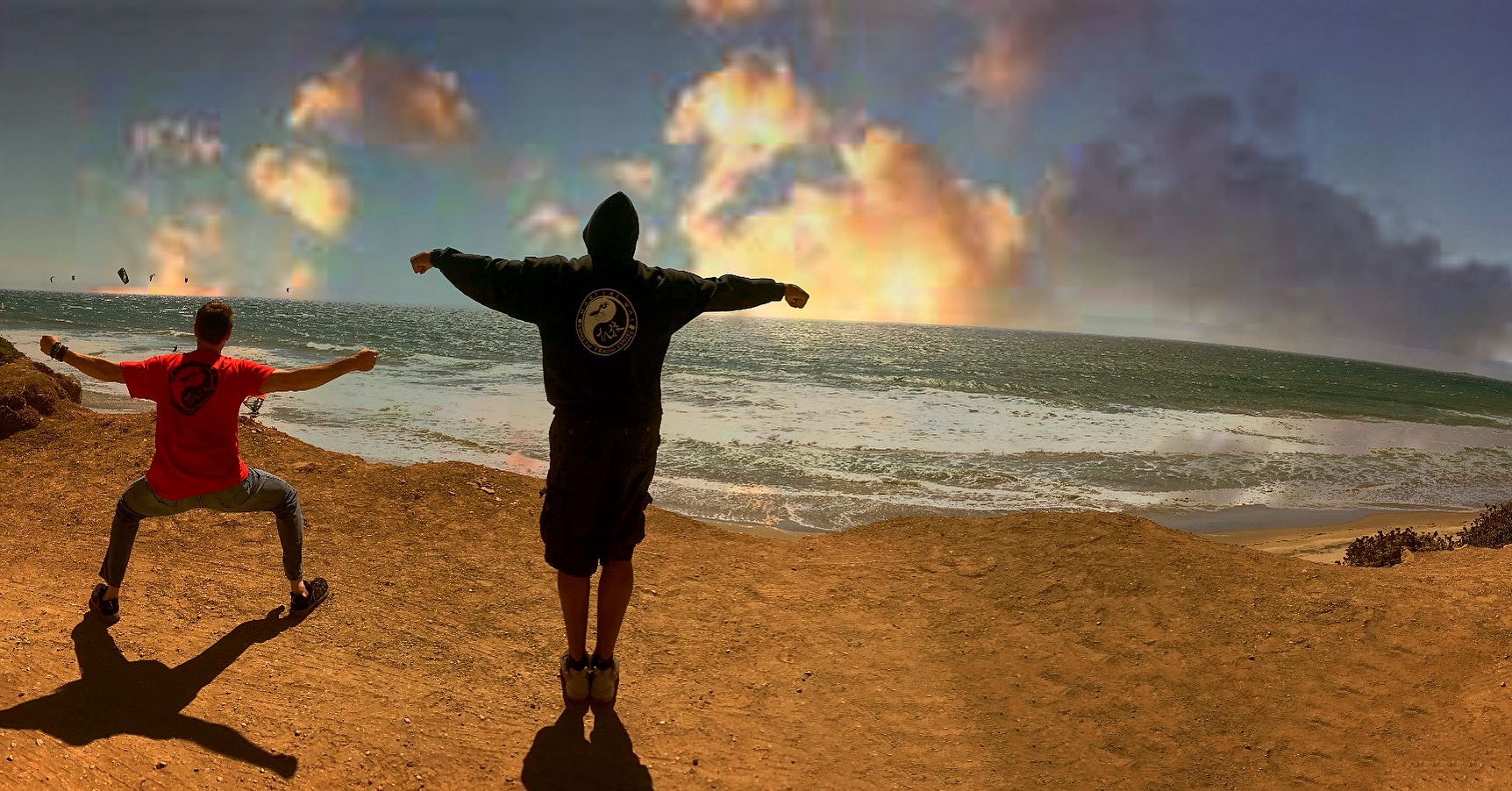
Anthony and our friend Chris on at Mitchell’s Cove along the California coast “in motion” & “in stillness” at the same time
Martial Arts as a Discipline
There are no shortage of styles and forms under the Martial Arts umbrella, from Kempo (and there are many variations), Karate and Judo to Tae Kwon Do and Aikido. Anthony has dabbled in most of them, but he’s also a yogi, another form of mind/body discipline but in a quieter state. While there’s no external battle in a yoga studio, there’s no shortage of internal ones when you’re learning how to let go and disconnect.
Sure, there’s no doubt that many people take up Martial Arts as a means of defending themselves or at a bare minimum, building up their confidence, self esteem and courage. There are many, however, who explore Martial Arts as a way to find meaning in their lives and purpose, the raison d’etre for us all and questions which torment some and are mere reflections for others.
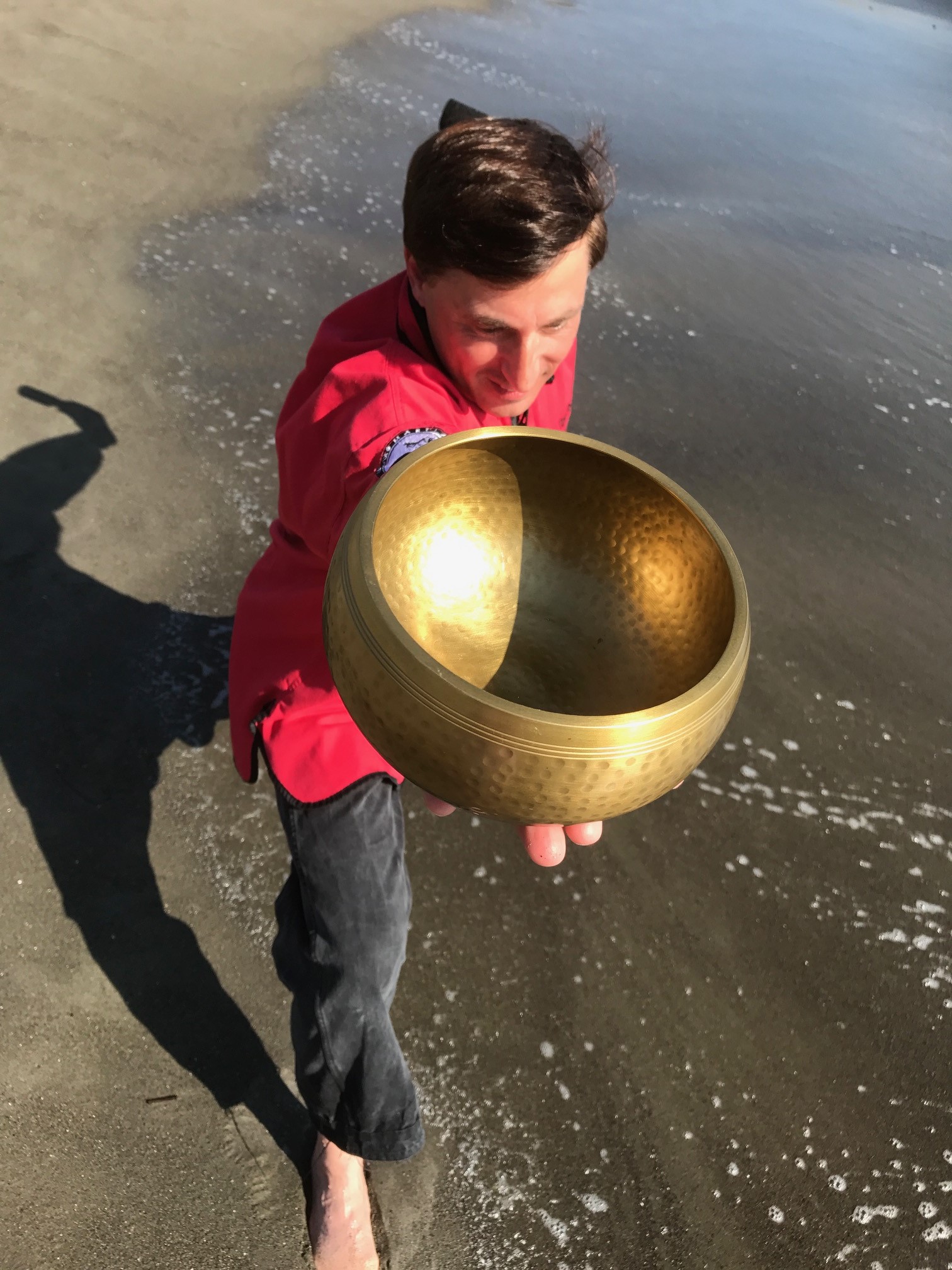
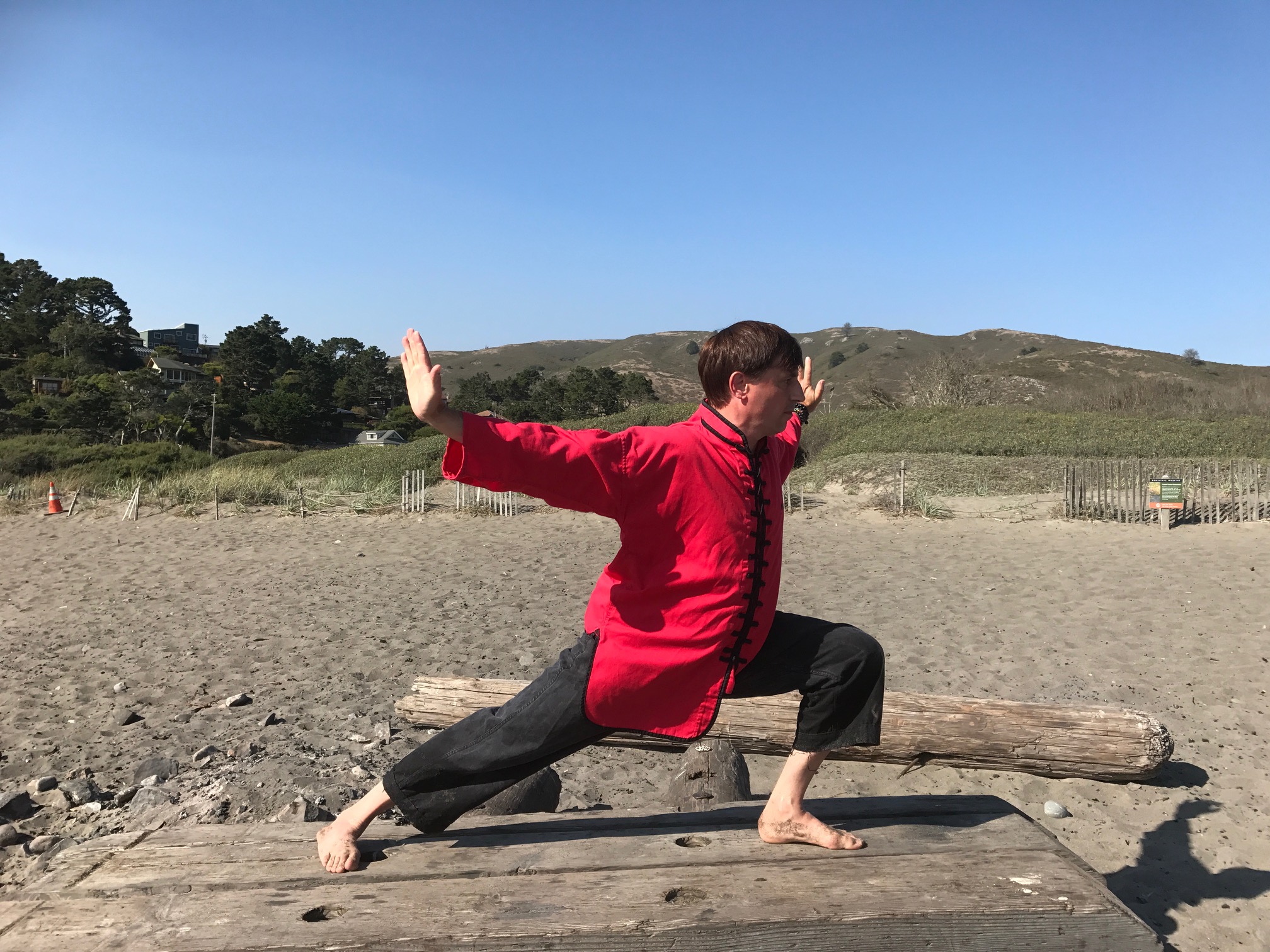
While I often look at the discipline nature of Martial Arts and the beautiful art form of Kungfu (the moves are certainly beautiful to watch), Anthony and our friend Chris Robinson, who runs a successful Martial Arts studio in the Bronx, remind me often, that these moves are used in battle, used to fight and there is….contact. And, that contact ‘ain’t pretty!’
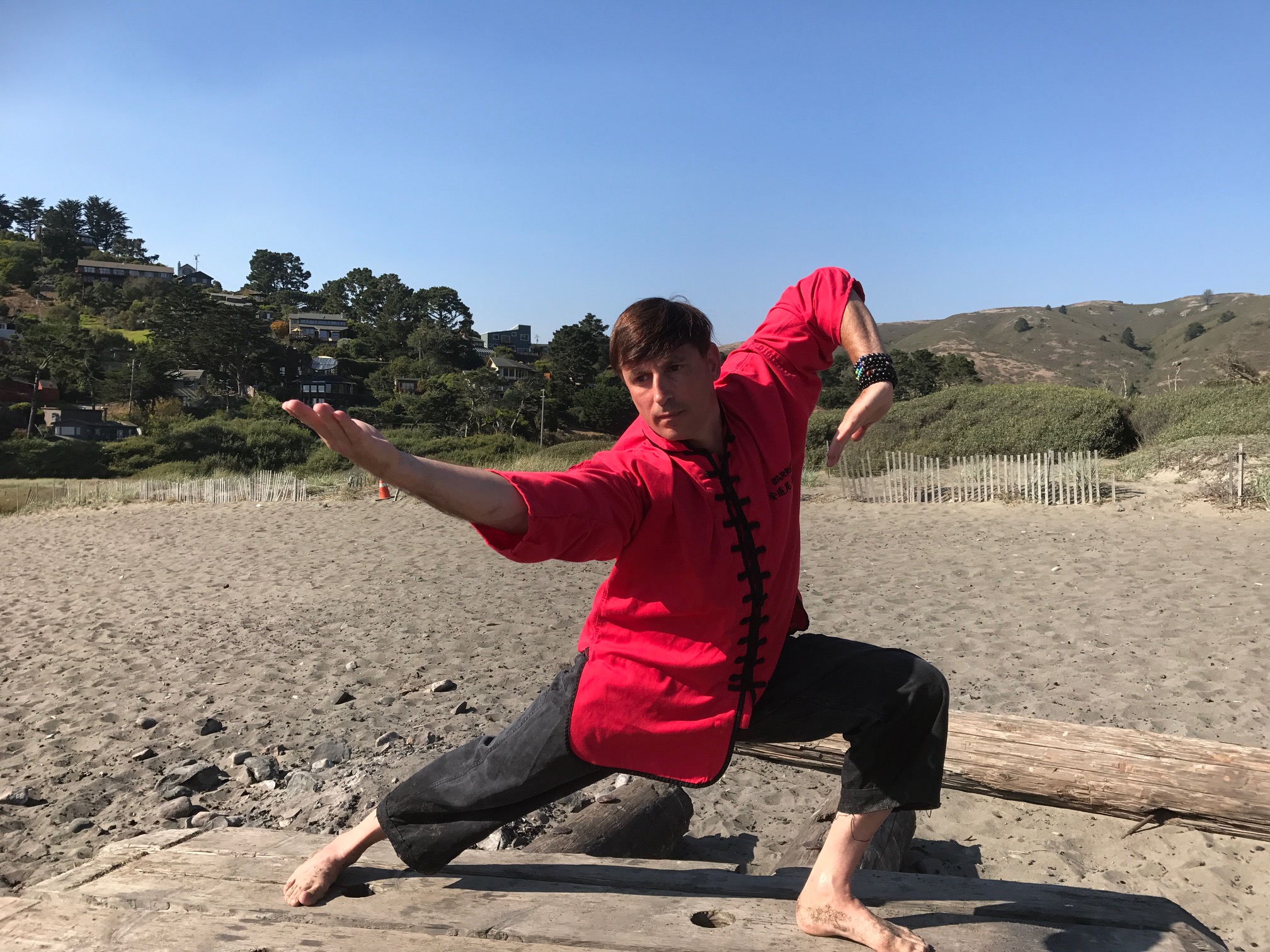
What Does It Mean to be a Warrior?
There’s a warrior quality to the moves as well if you look closely, so with every movement, there is an intention, a purpose and a thought process. But warrior-like it is in many physical ways as well as how the mind is trained to think and….be.
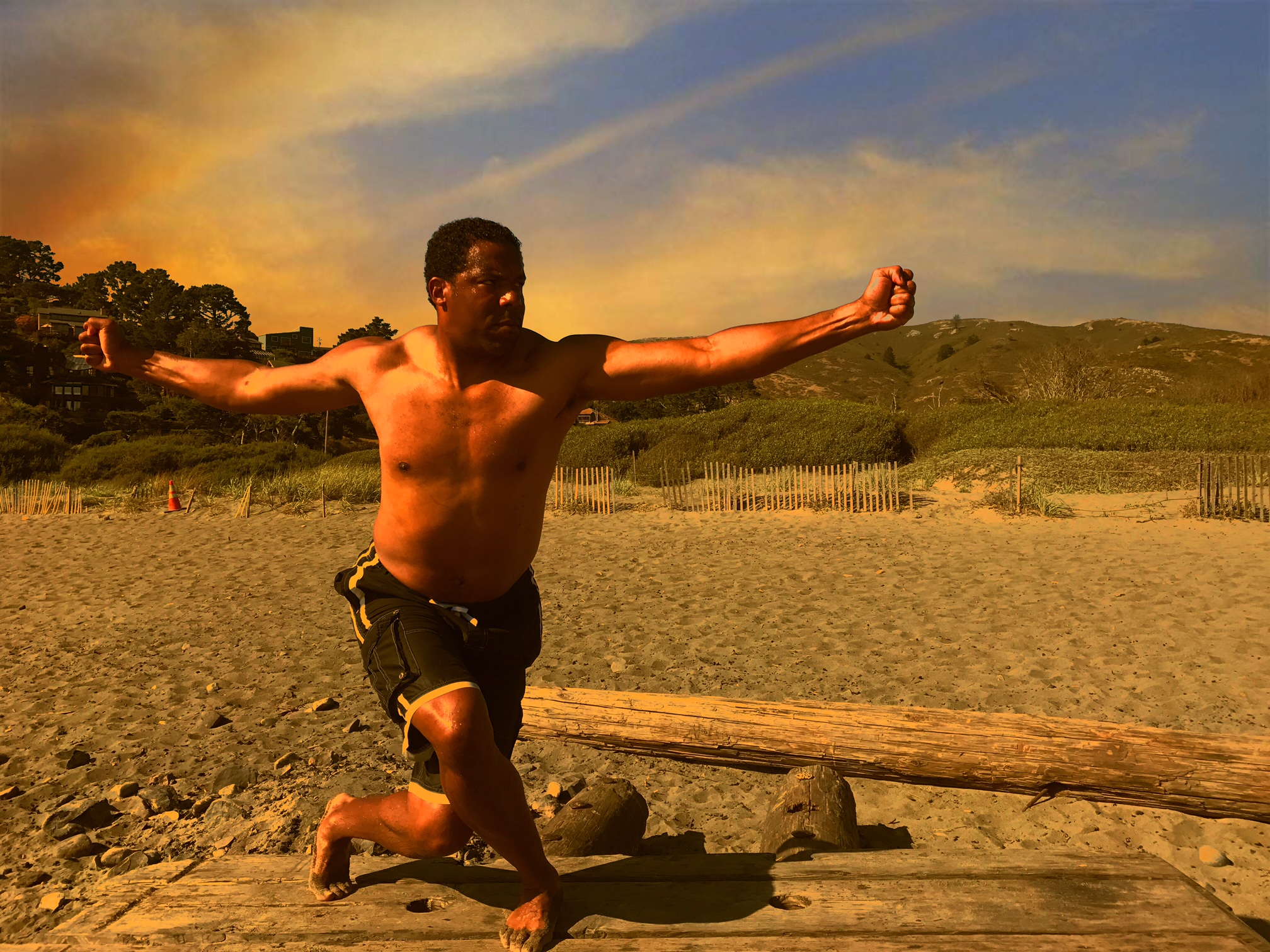
Warriors and wanna-be warriors in the days of old, trained hard and were very disciplined. Some may have complimented their more traditional training with Shinto and Buddhist-based ascetic and meditative training, but at the end of the day, it was about survival, perfecting your technique and being better, stronger and smarter than your enemy. It was also about being prepared, disciplined and fine-tuned.
“He who wishes to live in an oriental martial art, rather than to just practice it on a physical level, must so train his consciousness to attain a self-discipline that at last his conscious mind will merge into an identity with the very principle of life itself.” – Maurice Zalle
So yes, martial arts is about discipline and learning a technique or the “system” itself. I don’t know how many times I’ve seen Anthony try to perfect a “form,” however there are countless internal qualities that come with the learning process. For example, with the physical forms comes abstract philosophical principles that you can apply to your every day life, not just in a conflict.
Your hand movements and footwork are all about the natural energy, ebb and flow of our bodies and of life itself. You learn about balance, dynamics and the intuition of your own natural spirit, which has been with each and every one of us since the beginning of humanity.
From blocking, deflecting, striking, breaking and throwing, you can discover the essence of humanity, how we think, how we feel and what weakness and strengths there are in the human spirit as well as our own nature.
Understanding this gives you the strength, courage, perseverance and tools to handle any situation under pressure, when the tides are down, when a kick or move comes quickly at you and when fear hits you in the face.
For those who still think a Warrior is about being hard, disciplined and tough, think again. As Jet Li once said, “Men are like steel, when they lose their temper, they lose their worth.” Hear hear.

Photo credit: Shihan Essence
This isn’t necessarily the absolute truth of Martial Arts, but it is my understanding and observation of what takes place over time from living with a Martial Artist and my own research. It is also the perspective of a woman who isn’t a Martial Artist.
While I “get” the value of Martial Arts for confidence building, learning Warrior qualities, and self defense, mastering the mind, body and spirit and bringing them into balance is the core of my personal intrigue. It should be no surprise then, that the most interesting piece to me is the spiritual dimension of the art which only emerged later, but is still with us today.
Where Spiritual Arts Meets Martial Arts
The combination of the physical and mental training (called shugyo in Japanese), created insights for students of the discipline, likely in ways they didn’t expect early on. Today, many people are aware of a spiritual component of the art form, even if the reason for their interest and pursuing martial arts is primary self defense and protection.
Aikido teacher Tohei Koichi (1920-2011) was known for comparing human beings to ships on undulating ocean waves and that we should set our sights on a star. “We may never reach that star, but we will become steady.”
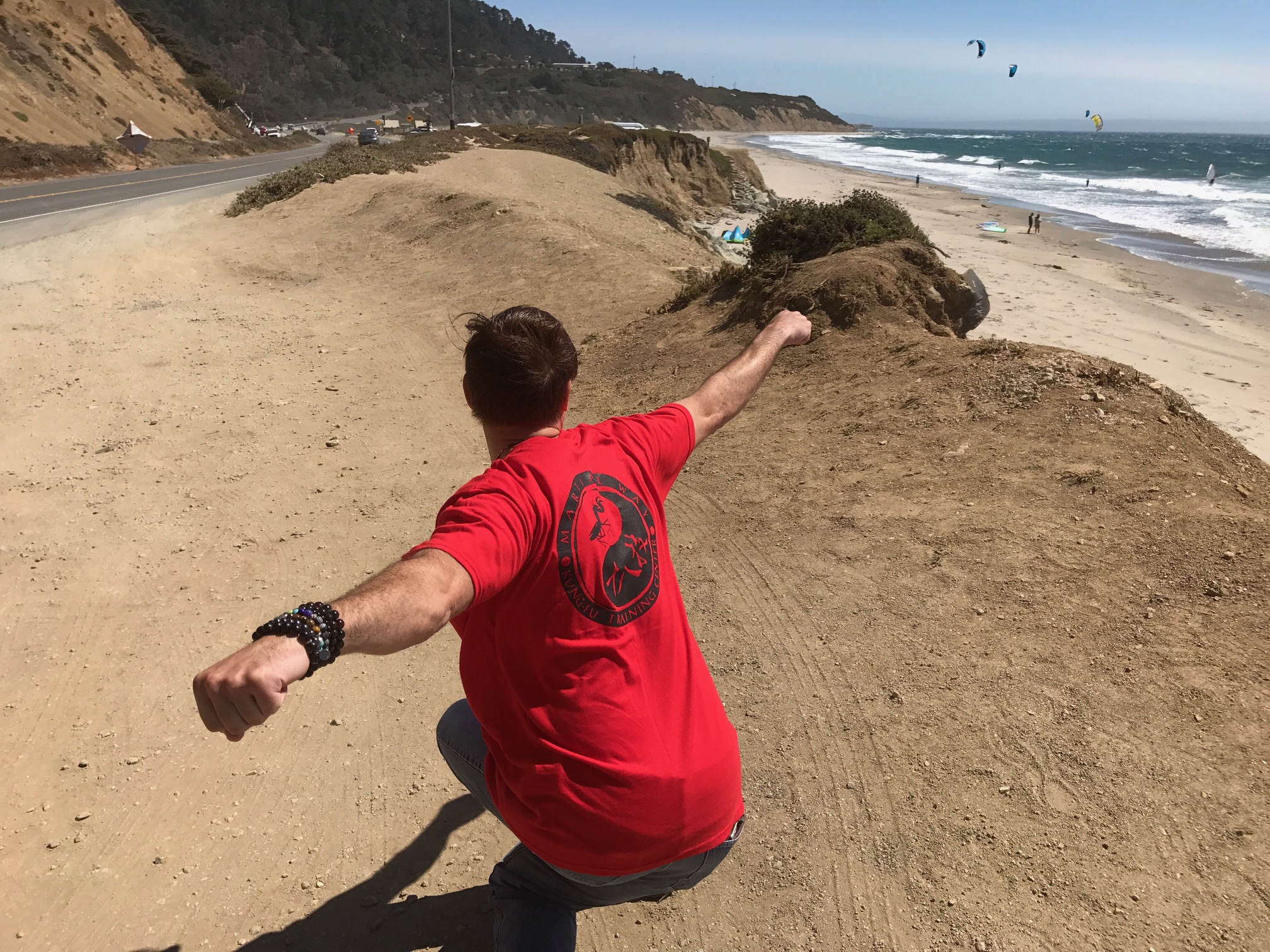
Where the art form and discipline of martial arts mastery meets the peacefulness of a dramatic late summer sky.
“Pour some water into a tub and stir it up. Now try as hard as you can to calm the water with your hands; you will succeed in agitating it further. Let it stand undisturbed a while, and it will calm down by itself. The human brain works much the same way.” — Tohei Koichi
As my creative mind looks at the photo below, I see the other side of discipline, the other side of strength, the other side of the unspoken, the other side of polarity and the other side of courage. The yang to my yin.
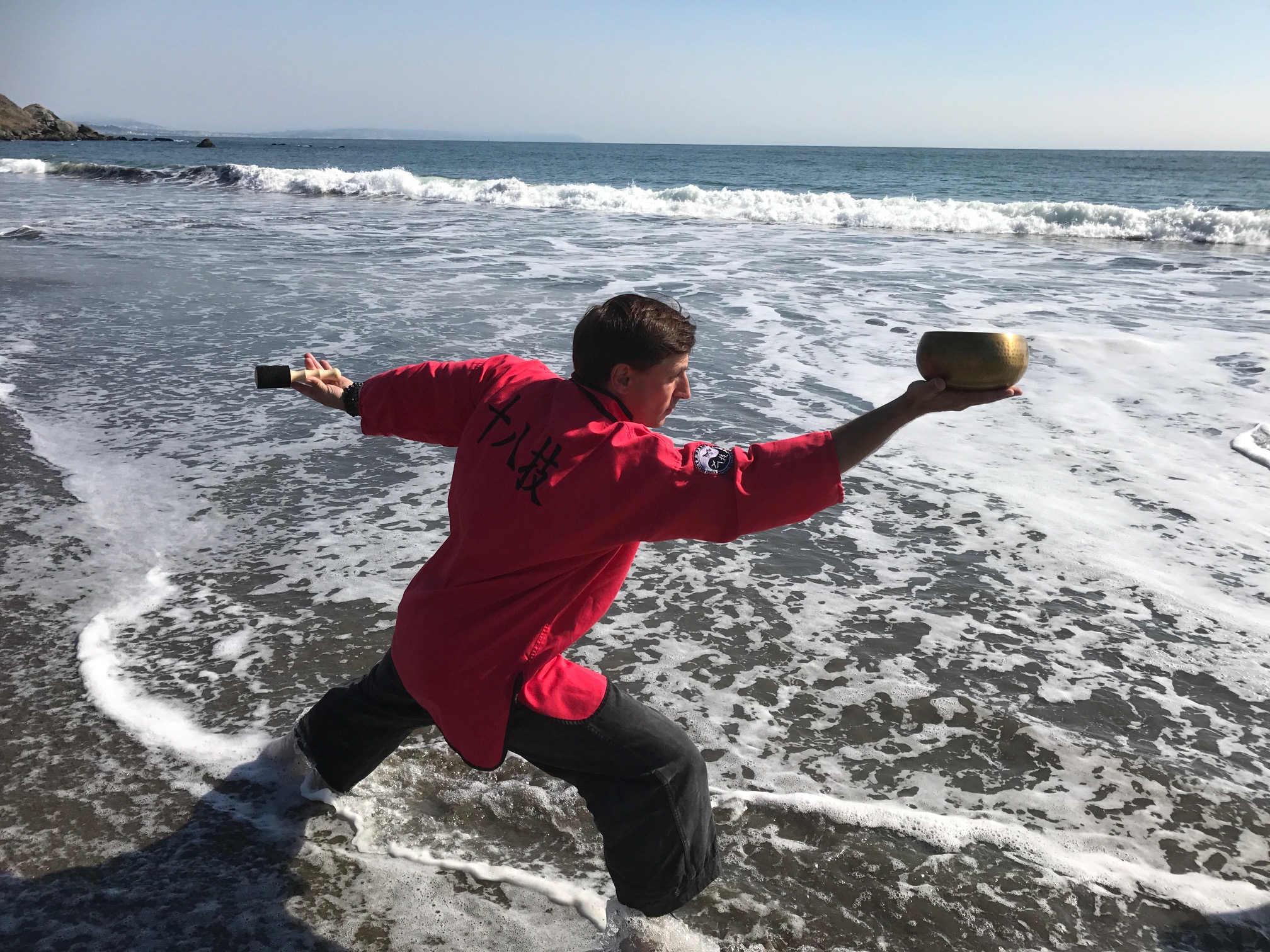
A Balanced Yin and Yang
That yin and yang balance in our lives is so important for without it, we may never venture to the other side of what we don’t know or have a natural interest. By pushing ourselves not just “to” the unknown but through it, we can at a minimum, catch a glimpse of a world as foreign to us as an ancient language, somewhere we wouldn’t have gone otherwise.
Lean in and go to your yin or to your yang, whichever is the hardest and most challenging force. Find out about the unknown and turbulent and venture there. If warrior is your foreign ground, learn to understand its innate power. If heart is your foreign ground, then learn to let go and embrace both emotion and vulnerability. You’ll come out stronger and more whole on the other side. You’ll also have more empathy and understand purpose and wisdom a whole lot more. Trust me.
The relationships we form are forever circular and never accidental for what they move in us reaches deep into our souls and extend into the universe, creating a ripple effect. These ripples we create in other people’s hearts and souls and they create in ours, are powerful beyond what we can imagine in a linear thinking world.
We Are All Energy After All
- Lest not forget that we are all energy after all. Everything around us is energy. The Earth is energy. Energy manifests as spirit, spirit manifests as mind and penetrate us in motion.

Credit: Skeeze/Pixabay
Those who do energy work know that it is often referred to as “Chi” (known in China), or “Ki” (in Japan), and not only is it in everything, but it permeates everything so whatever our strongest connection is, so is our strongest weapon.
Chinese Tai Chi Chuan and Japanese Aikido can teach us a lot here.
Tai Chi Chuan incorporates philosophy, religion, medicine, and military cores, drawing from the best of yin and yang and something referred to as Bagua (“Eight Trigrams”), which for spiritual seekers, may not be new.
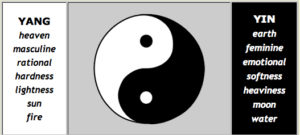
Credit: MatrixDisclosure
Notice how the Yin and Yang are shown in equal amounts, yet the Yin portion of the Yin-Yang contains some Yang and the Yang portion an equal amount of Yin.
The ancient Chinese saw the universe as united with every part of it being related to and dependent on every other part.
In other words, within this very important unity, there is continual change in an endless cycle between two partners, the Yin (feminine, dark, soft, yielding) and the Yang (masculine, hard, aggressive).
The universe is made from these two forms of energy and we can see it in our every day lives, over and over again, when we’re paying attention. The fascinating ebb and flow of both of them and how they are both an essential, integrated and important part of the whole in order for things to work and “be.”
Says Chen Lei, “its vital that both energies constantly interact with each other, the result of which, both sides will evolve, and over time, turn into its opposite, just as day gradually turns to night and night ultimately becomes day again. For this reason, everything that seems to be Yin contains some Yang and all that is Yang also contains some Yin, without which change and progress would never be possible.”
Physical balance helps to master our emotional balance and vice versa. Without this balance, we’ll never truly understand the nature of our spirit, the nature of ourselves, the nature of our friends or the nature of our enemies, in the case of Martial Arts.
This alignment of , mind, thought, spirit and action is important to learn so we can adapt and change whether we’re in physical battle using all the best techniques Martial Arts has given us, or emotional battle at home and in society. A true master warrior knows the art of both, for a warrior who focuses on external matters without an internal core is no warrior at all.
Martial Arts, Alignment & Enlightenment
Zen and the Zen Way is an integral part of Asia, where Martial Arts was first developed and perfected. It was also part of the earliest Buddhist traditions.
This is where the integrated warrior, which has internal and external strength, internal and external heart and internal and external understanding signifies the perfect natural state of spiritual enlightenment.
Zen offers a unique perspective to both Martial Arts and spirituality, because the spiritual philosophy and the martial practice are really blended — where does one start and the other begin? Where does one start and the other end?
Martial artists know that while they’re also training their mind when they learn these forms, they’re getting tools and understanding, essentially building. Zen is really about “taking away” and “removing.”
The liberation of Zen and Buddhism is that there is just IS. We just ARE. It’s okay to just BE. Present and NOW is what matters. In this way, there are no rules, no God or Gods, no denominations, no higher authority, no Priests and no one to worship. We remove the icons, the symbols,, the rituals and the “things” so we find a way forward through our own emotional intelligence and “knowing.”
Of course, only through experiencing it over time do we gain this wisdom, unless we open up to our intuitive abilities (and even psychic abilities) early on and embrace them rather than fear them.
After all, it’s our own innate wisdom we’re listening to and tapping into — our spirit knows, our heart knows and certainly our soul knows.
You don’t need to study Martial Arts to get to that place, nor do you need to know Zen in every way, shape and form. You don’t need to train in Mahayana Buddhism or head to India for a month long silence retreat. We can go the long road or the short road and while all of these experiences can add flavor and texture to the journey we’re on in this lifetime.
I personally like rituals and incorporate aspects of Buddhism into my daily life as well as rituals from a number of religious and spiritual practices, my favorite being the “Religion of Nature and the Earth.” Here’s to Mother Earth (Gaia) for showing me how important nature is to both my Ying and my Yang.
Nature teaches me so much, but most of all, it quiets my mind. For with a quiet mind, the whole world surrenders, a far cry from one opponent. It is at this moment, you can hear your soul speak to you and this is where you’ll find all the answers and all of your strength, whether you’re a Martial Arts warrior or not.
Sometimes the most important thing is just “showing up” and doing so with an open heart and an open mind. That alone will not just transform your own journey but everyone and thing on its path. Don’t fight it. Explore. Venture. Get uncomfortable – it will break you wide open and your life will never be the same.
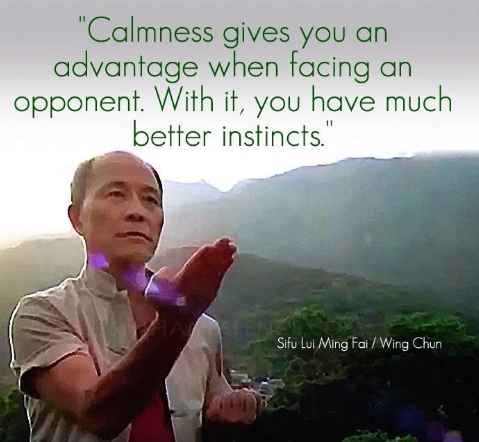
Credit: Shihan Essence
More Reading for the Open Mind:
- What Humans Can Learn From the Moon
- The Art of Storytelling and the Tale of Dastangoi
- The Way of the Peaceful Warrior
- David Ellzey Inspires with Pantomime & Consciousness
- Vipassana Meditation in India for How Long?
- Discipline in Your Daily Day
- Seasons Change & So Does Your Body

Renee Blodgett is the founder of We Blog the World. The site combines the magic of an online culture and travel magazine with a global blog network and has contributors from every continent in the world. Having lived in 10 countries and explored over 90, she is an avid traveler, and a lover, observer and participant in cultural diversity. She is also the founder of the Magdalene Collection, a jewelry line dedicated to women’s unsung voices and stories, and the award-winning author of the bestselling book Magdalene’s Journey
She is founder of Blue Soul Media and co-founder of Blue Soul Earth as well as the producer and host of the award-winning Blue Soul CHATS podcast, that bridges science, technology and spirituality. Renee also founded Magic Sauce Media, a new media services consultancy focused on viral marketing, social media, branding, events and PR. For over 20 years, she has helped companies from 12 countries get traction in the market. Known for her global and organic approach to product and corporate launches, Renee practices what she pitches and as an active user of social media, she helps clients navigate digital waters from around the world. Renee has been blogging for over 16 years and regularly writes on her personal blog Down the Avenue, Huffington Post, BlogHer, We Blog the World and other sites. She was ranked #12 Social Media Influencer by Forbes Magazine and is listed as a new media influencer and game changer on various sites and books on the new media revolution. In 2013, she was listed as the 6th most influential woman in social media by Forbes Magazine on a Top 20 List.
Her passion for art, storytelling and photography led to the launch of Magic Sauce Photography, which is a visual extension of her writing, the result of which has led to producing six photo books: Galapagos Islands, London, South Africa, Rome, Urbanization and Ecuador.
Renee is also the co-founder of Traveling Geeks, an initiative that brings entrepreneurs, thought leaders, bloggers, creators, curators and influencers to other countries to share and learn from peers, governments, corporations, and the general public in order to educate, share, evaluate, and promote innovative technologies.








